In this article, I will be discussing how small a container can be in order for your indoor and outdoor plants to not only survive but also to flourish.
There comes a time in every containers mind to what is the smallest container size that they can use so that the plant not only looks good, looks balanced and is productive in producing healthy flowers or fruits.
The first question that needs to be asked, is there such a thing? A pot that is optimally sized for all plants?
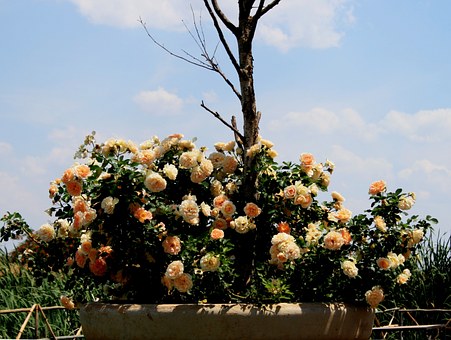
As all plants grow to different heights and spreads, need different growing conditions and needs, makes answering this question difficult.
As you can imagine larger plants need more room to grow and therefore need larger containers, whilst smaller plants can be grown in much smaller pots. This is not clear cut as some large plants can be planted in small-sized pots, whilst some small plants have large root systems and need more room to grow. We can safely say that there is no such thing as an optimal pot size for all plants in all growing conditions.
WORK TO A PLANT BY PLANT SITUATION
You will need to work on a plant by plant situation so the pot size is optimized for the plant or plants growing inside. This is not an easy task as growing conditions changes throughout the world, so a small pot may suffice in one location but be too small in other locations.
You must remember that all growing labels of plants sold in garden centres and online stores are an approximation at best or a crude guess at worse. I have never seen a plant grow to the height stated on its label it was sold with.
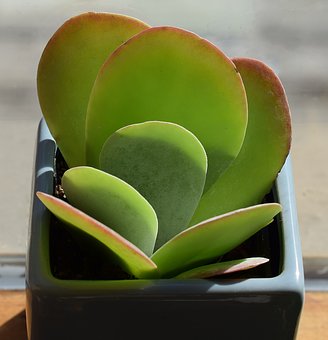
If a plant grows higher or wider than normally expected then wisdom will tell you that a larger pot will be required than first thought. Conversely, if the same plant does not grow to be as large as first thought then you probably could get away with a smaller pot. A small plant in a large pot does not look attractive at all. You can now see the confusion which can only be solved by you the gardener in question.
We can advise but we do not know for certain your growing conditions due to the many variables involved in determining these, and therefore cannot be certain of anything. We can give approximate sizes but this cannot be taken as the Gospel truth. Your judgment is just important as mine.
WHAT YOU NEED TO CONSIDER
In order to select the right sized pot, the following point is important in determining the pot size to use. Each will be discussed in greater detail later on.
- The plants involved and their growing habits.
- The compost type used and it’s quality.
- Growing conditions (Sunlight levels, watering levels, feeding, pruning, location, and general care)
- How well you look after the plants in question.
- What type of container that is used.
THE PLANTS INVOLVED AND ITS GROWING HABITS
This can be seen as the most important aspects of optimizing pot size. First, you need to distinguish the type of plant you have from annuals, bulbs, biennials, subshrubs, shrubs, and trees. Different types of plants need different growing conditions.
ANNUALS
Annuals need to grow in the right sized pot for the plant in question. For example, you can place a lot of bedding plants in a large container (such as a hanging basket) or a smaller number in a smaller container. As long as the container matches the plants in question it does not matter.
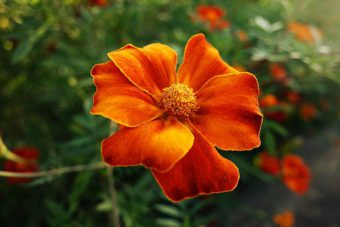
In general, if the plant is tall and have a large spread will require a bigger pot, whilst a short plant that does not spread much can be grown in a smaller pot. It does not matter as much because the plant is an annual and will die anyway later on as the growing season comes to an end, so the decision is not really crucial.
If you plant an annual in a container and it does not do well because the pot is too small, you would have learnt. Next year you would use a bigger pot so problem solved.
BIENNIALS
Biennials are a slightly different kettle of fish but not much different. Biennials, on the other hand, are much more uncommon, and most can be grown in standard-sized pots. There are only a few tall biennials from hollyhocks, foxgloves and delphiniums, that may require slightly bigger containers.
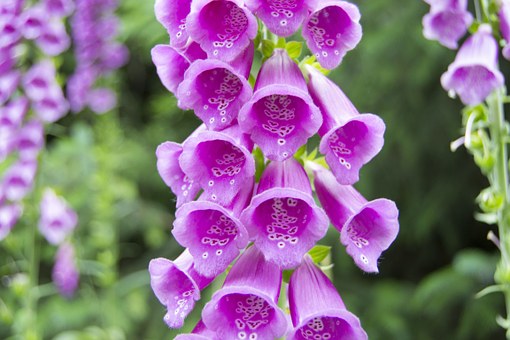
It must be remembered that biennials will grow one year and flower the next so that the container size must be determined for the second year and not the first year. This is the different between annuals and biennials. In general, smaller biennials can be planted in smaller pots whilst taller biennials will need bigger pots.
BULBS
Bulbs tend to be more straight forward, as they can be planted in groups in pots of any size. I should not really say of any size but most sizes, as bulbs come in different diameters and heights, making the planting regime different for each bulb.
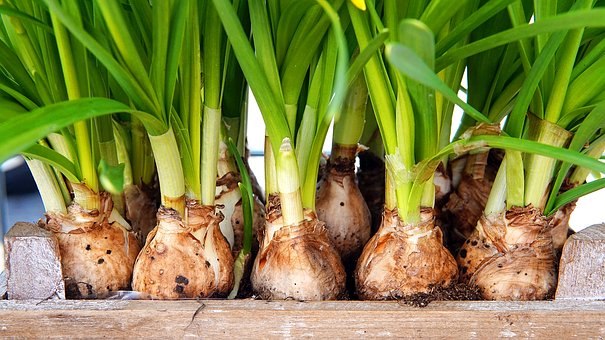
In general, large bulbs need more spacing between them than smaller bulbs. This tells us that you can plant plenty small bulbs in a small container but even more in a large container. Large bulbs tend to produce tall plants and therefore normally planted as a sole specimen in a pot.
The number of bulbs planted will be dependent on the container size you select.
It must also be remembered that larger bulbs must be planted deeper (3x the height of the bulb) than smaller bulbs. This implies that large bulbs need to be planted in taller containers than smaller bulbs. With bulbs, you tend to have more freedom in your pot size than with other types of plants.
PERENNIALS
For perennials the pot size to use is dependent on the height the plant grows to. Most perennials are grown as a sole specimen so that a tall plant with a large spread will need a large pot than smaller perennials.
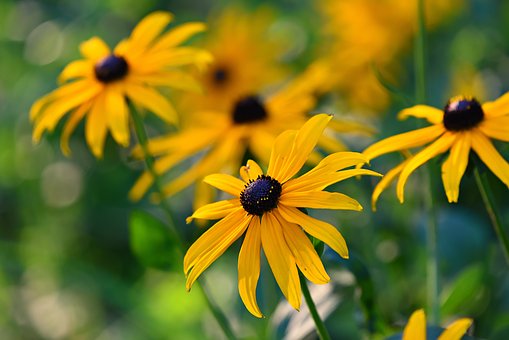
The size of pot to use is dependent on how quickly the roots establish and grow. If the roots grow quickly (often seen in quick-growing upper section of the plant) then this would need a larger container than a slow-growing one, where the chance the plant will become root-bound are greater.
For plants that are described as shallow-rooted you do not need a tall container, whilst those with a long taproot would require a much taller container.
SUBSHRUBS AND SHRUBS
Subshrubs and shrubs tend to be larger than perennials. Maybe not in height but more certainly in spread. This means shrubs will require larger pots than perennials but is not universally true, as some shrubs are small.
Do not plant shrubs in small containers as they will not forgive you for it. Shrubs, in general, have larger roots systems and this must be considered when selecting a container for it.
TREES
Trees tend to be very large and most specimens cannot be grown in containers. Small trees, on the other hand, can be grown in a container as long as they do not produce thick trunks. One rule of thumb often stated is the roots of the tree growing underground is as wide as the head of the tree growing over ground. A wide tree means a wide root system.
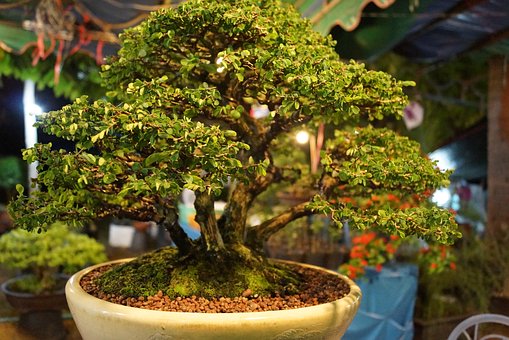
To help you decide on how wide a container to use the following rule of thumb can be used. For every 2.5cm increase in girth, a tree in a pot exhibits a corresponding 30cm in width and height is required in the container size.
For example, a tree that has a trunk that grows to be 10cm in thickness, will need a pot that is 1.2m in width and 1.2m in height. You can now see why most trees in containers are not moved. It must also be noted that the growing habits of each plant is dependent on the variety used, as there can be many variations.
THE COMPOST TYPE AND QUALITY USED
Most plants height and spread used is dependent on the compost used as no two compost bags will be the same. The result would be that no plant will grow in exactly the same way, with some growing bigger than normal, whilst others will be smaller.
If the plant is grown in compost that let say is not ideal, will result in plant growing slower. This may mean a smaller pot but is not recommended as the plant will not be healthy.
You need to grow most plants in multipurpose compost, which may need to be moisture-retentive, gritty and free-draining, or enriched by adding more organic matter. Some plants prefer to be grown in soil-based compost where less peat is used as a component which is used for plants that do not like nutrient-rich compost.
Some plants like ericaceous compost which has no lime added to it. The compost must be matched to the plant you wish to use. A better quality compost will result in bigger plants and bigger containers than plants in poor quality compost.
GROWING CONDITIONS
It is obvious that how well a plant does in a container is dependent on the growing conditions it is exposed to. Better growing conditions result in bigger plants. Think of it as like having a child, a better-fed child that gets its nutrients will be bigger and healthier than those who do not.
Plants are difficult to keep happy for the growing conditions right and they romp away, get it wrong they pick up diseases and eventually die. Most plants like sun, or can handle some shade, whilst others are happier in the shade. The result is if you get it wrong the plant will suffer and not grow to its full potential.
Watering is just as important as any plant that is watered to the right level will grow to its optimal height and width. This is so dependent in your local climate, as you cannot control when it rains, and so the plant growing habit will change from country to country. Watering too little or too much is never good for the plant.
FEEDING IS JUST AS IMPORTANT
Feeding is just as important, as a plant that gets the right nutrients will grow bigger and stronger. The biggest problem is that fertilizers are so complex, all containing different amounts of nitrogen, phosphorous and potassium, with differing levels of trace elements.
Feed different fertilizer brands will result in different growing habits. This means that it is difficult to take into account the affect fertilizers will have on pot size determination.
The way you prune shrubs and trees will also have a bearing, as plants that are pruned tend to have more sturdy root systems. It can be misleading as you do not have much growing up in top but instead the roots have developed below. This means you are tricked to thinking you need a smaller pot, when in fact you need a pot that is wider than expected.
HOW WELL YOU LOOK AFTER THE PLANT
As you probably guess a plant that is looked after well, will be sturdy and bigger than plants that are not looked after as well. I am not talking about neglect, as this would kill the plant. I am talking about those who have no time and only do the bare minimum.
TYPES OF CONTAINERS USED
The type of container used can also have a bearing because some containers would leach out nutrients and moisture quicker than others. The result would be the plant would not grow as big as in containers where the nutrients are not lost. Plastic containers you would expect to produce bigger plants than terracotta or stone containers, but as ever this is not clear cut.
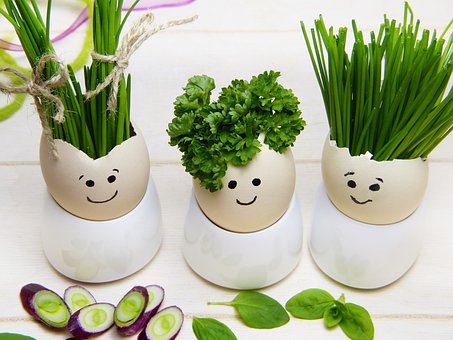
Most plants will eventually become root-bound in their containers and will need to be rehoused. Making container section more difficult, as some plants prefer it to be this way, whilst many others hate it.
Some plants need to be round bound before moving on in order to be at their best, whilst others prefer freer roots. This complicated pot size selection somewhat. Plant rehousing is such an important consideration.
CONCLUSIONS
In this article, I have discussed how small a container can be so that you can grow your plants in. This question is so often asked by container gardeners.
As you can see the problem is so complex depending on so many different variables that the question becomes impossible to answer. You have to take the plant type and variety, growing media, growing conditions, how well it is looked after and your location, into consideration.
This is impossible for many gardeners to answer but it can only be answered by experience of your local conditions and experience gained over time. With help from my website slowly you will get good at selecting the right pot size.
There is no such thing as the smallest container size just the right container size for the right plant at the right growing conditions at the right location. It could be a size of a small eggshell for growing cress in, or it can be 1.5m in diameter to grow a small tree in.
If you have any questions that you wish to ask or comments you need to make, please do so in the comment box below.
Please share with those who struggle with getting the pot sizes right.
Thanks

Hello Antonio, thanks for sharing this educational post. In my garden, there are lots of plants and I’m not into the container system. Lately i got a new plant, and nursered it in a small container. It got to a points and the growth was really slow. I had no idea what the cause was and on seeing this post I now understand the reason for the bad growth. I’ll try getting a bigger container for it, and also a better understanding on how to choose a container for my plants. Best regards
Hi Dane
I am glad you repotted your plant and it is doing better, as small pot sizes are one reason why plant never look the best. All the growing conditions are summarised in this post and I hope it has got people thinking about the plants they wish to buy.
Kind regards
Antonio
Just like you have rightly expatiated on, the size of container or pot used for a plant would totally be dependent on the plant you are planting inside it. The growing condition, the other variables too need to be taken into consudeeations. The container would determine the kind of plant being grown in it. Also, the environmental factor. The amount of sunlight exposure and so much more often contributes to the reasons I use in selecting a container. Thanks so much for the tips shared.
Hi Shelley
The article as a by product goes into all the relevant conditions that a plant in the container needs in order to do well. My original idea was to answer the question about pot size, so it works both ways. I hope it gets people thinking before buying plants in containers.
Kind regards
Antonio
Oh, I wouldn’t have known that the size of a plant is determined by if it can be contained in a container. I’m happy I read this post because my mum has just started off some container gardening and I think she’ll be interested in knowing the plants that are suitable for her containers if not she’ll have to get something larger. Your post is very detailed here. Thanks!
Hi Henderson
Thank you for stopping by once again and I hope my post has answered the question for which people keep asking.
Thanks
Antonio
Thank you much Antonio for this informational post. The size of container used in growing a flowering plant goes a long way in determine the overall yield in the long run. So many people are ignorant of this fact.
There are so many factors to be considered like the location where you are growing the plant and the specie of the plant. But in the long run, getting the perfect pot size is one of the best and foundational decisions you will ever make
Hi Emmanuel
Thank you for that wonderful reply and you hit the nail on the head. I wrote the article to answer people what the right pot size for the plant in question and I demonstrate that it is impossible to determine. You have to use your own judgement.
Thanks
Antonio
Thanks for sharing this lovely article. I think am plants have their own peculiar behaviour of growing, different root types and so on, so all these characters should be well noted when considering the size of pot to be used in growing our plants. I love the conditions you listed to be considered, they are absolutely right and necessary. I enjoyed reading through and I’ve also learned.
Hi Jones
You are right. The aim of the article was to see what is the smallest pot size you can get away but I demonstrated there is not one, as it depends on so many variables. You have to match the pot to the plant and not the other way around.
Thanks
Antonio